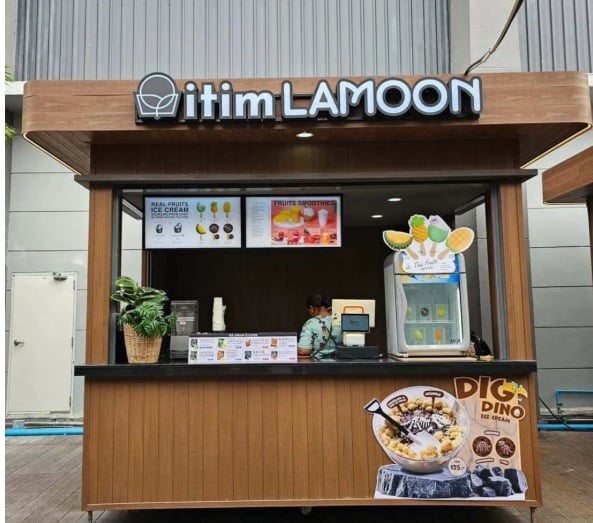
According to the South China Morning Post , Mr. Danupon’s company – Lamoon Group – is a “Made in Thailand” ice cream brand that is making its way in the global industry full of big names. Lamoon’s difference lies in the way it connects each flavor with the farmers who grow the ingredients, giving customers an experience that is not only about taste but also about emotions and cultural stories.
“That makes each flavor more special, and our customers love it,” Danupon said. “Now, when someone enjoys a Marian plum ice cream or a Lamoon coconut ice cream, they are enjoying the story of the farmers who grew those ingredients.”
Thai ice cream on the world map
Thailand is currently the largest ice cream exporter in Asia and the fourth largest globally.
This success is partly due to large Chinese corporations such as Yili Group investing heavily in production in Thailand, building low-cost but modern processing centers, taking advantage of cold chains and international transportation systems to reach out to distant markets.
In addition, a series of Free Trade Agreements (FTAs) have helped Thai ice cream easily penetrate many markets with low or no taxes.
From a small shop, Lamoon has expanded into a domestic chain of brands, while operating an export-standard factory. Every day, the company produces about a ton of ice cream and sorbet, with flavors ranging from matcha, coconut milk, butterfly pea flower to plant-based and popular ice cream lines for independent brands.
“Thailand has always been known as the ‘kitchen of the world’. Our supply chain is flexible, our ingredients are exquisite and our prices are competitive,” said Mr. Danupon. “As a new exporter, I chose to approach FTA countries first. Thai ingredients deserve to be known globally. We are already present in Singapore and are negotiating with partners in Australia, Dubai and Vietnam.”
Attract customers thanks to the story of each flavor
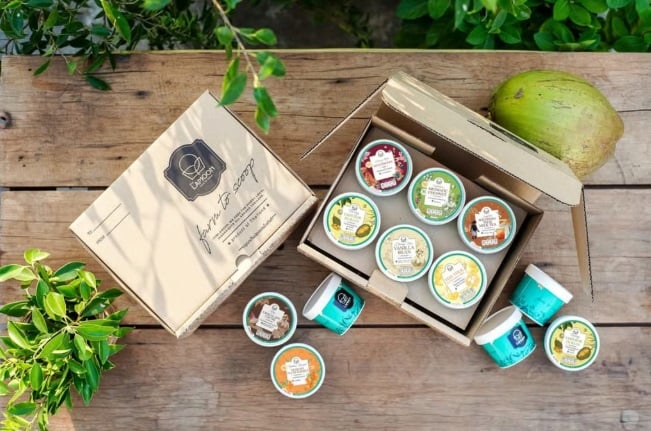
Trade agreements with Japan, Australia and India have paved the way for Thai small and medium-sized enterprises to seek new markets, as the Trump administration's tax policies disrupt global trade flows.
Although the recent meeting between Mr. Trump and Chinese President Xi Jinping on the sidelines of the APEC Summit helped to somewhat cool down trade tensions, Southeast Asian countries are still pushing to find new partners to reduce their dependence on the two superpowers.
Thanks to this trend, Thai ice cream is "covering" the region, attracting consumers with increasingly high incomes who love diverse and high-end sweets.
During the 2020-2024 period, Thailand’s ice cream exports averaged $106 million per year, up more than 10% annually. In the first two months of 2025 alone, the figure reached $22 million – thanks in part to 14 FTAs with 18 countries.
According to the Thai Ministry of Information and Public Relations, 17 partners have eliminated import tariffs, giving Thai ice cream a competitive advantage. As of early 2025, exports to these markets accounted for 87% of Thailand's total ice cream exports.
Even Japan – which still maintains certain tariffs – has seen Thai ice cream imports increase nearly tenfold in the past few years.
The Association of Southeast Asian Nations (ASEAN) sees FTAs as a “lifeline” for exporting businesses as US tariffs remain a major barrier. While reciprocal agreements help reduce the tax burden, rising input costs and currency fluctuations still affect the profit margins of small businesses in the region.
The ice cream market is worth $56 billion.

According to the International Ice Cream Consortium, Asia currently accounts for 37% of the global ice cream market, with its value expected to exceed $56 billion in the next five years, led by China and India.
Rising incomes mean consumers are willing to pay more for premium snacks.
“Growth in urban populations and the prevalence of dual-income households have made ice cream a daily pleasure,” the Alliance said. “Growth is also driven by a preference for artisanal, healthy, dairy-free products and unique, innovative flavors.”
A growing middle class is willing to pay more for a “lifestyle” ice cream cone or tub, with options that are low in fat, low in sugar, vegan or dairy-free. Flavors like matcha, red bean or tropical fruit represent a fusion of East and West cuisine , ushering in a new era of creativity in the ice cream industry.
For entrepreneur Danupon, the journey has been both a challenge and an inspiration.
“Making ice cream is fun. It’s both a science and an art. Ice cream is more than just a dessert – it’s a lasting creation,” he said.
Source: https://baotintuc.vn/kinh-te/cach-thai-lan-bien-mon-trang-mieng-ngot-ngao-thanh-nganh-xuat-khau-ty-do-20251103145833881.htm


![[Photo] Closing of the 14th Conference of the 13th Party Central Committee](https://vphoto.vietnam.vn/thumb/1200x675/vietnam/resource/IMAGE/2025/11/06/1762404919012_a1-bnd-5975-5183-jpg.webp)









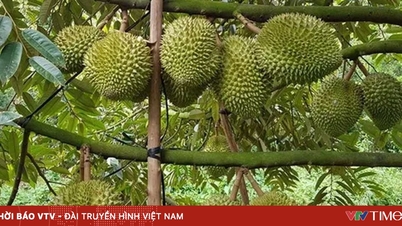

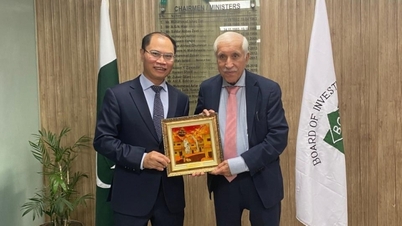

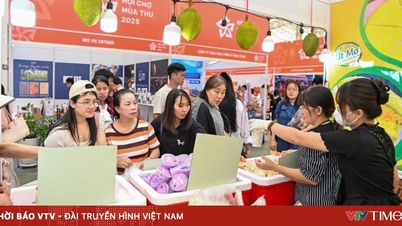

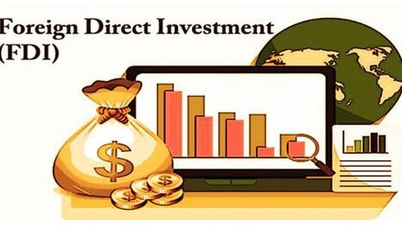

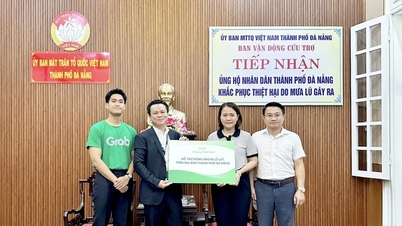







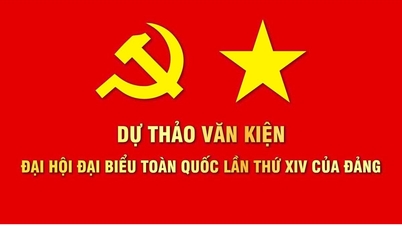
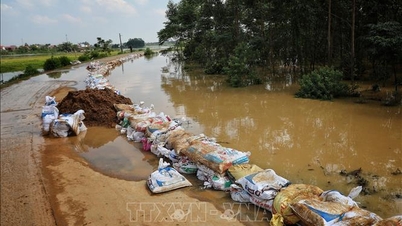

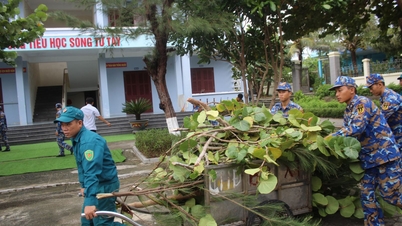










































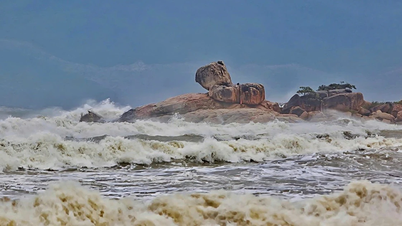

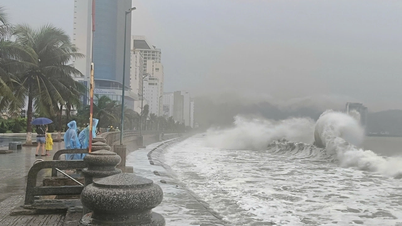








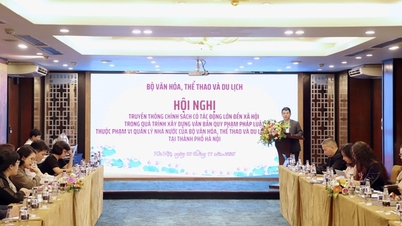












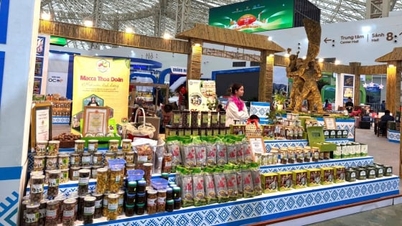












Comment (0)